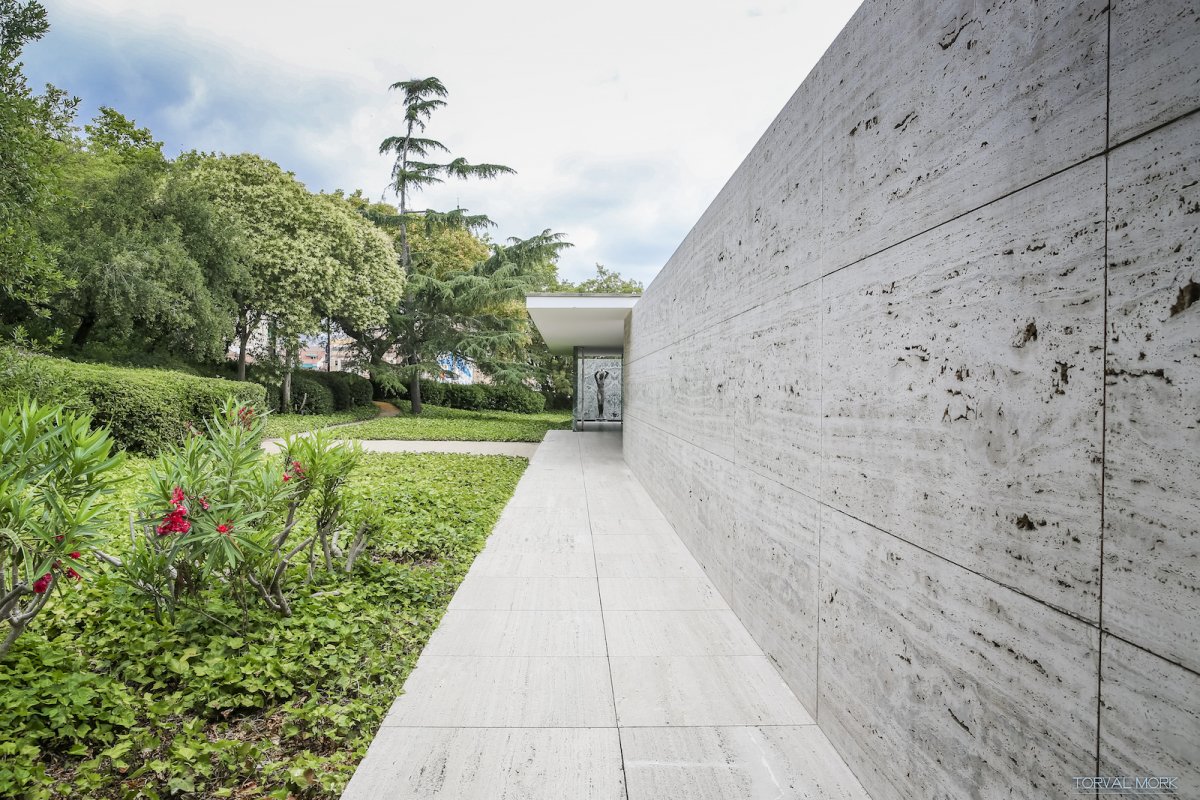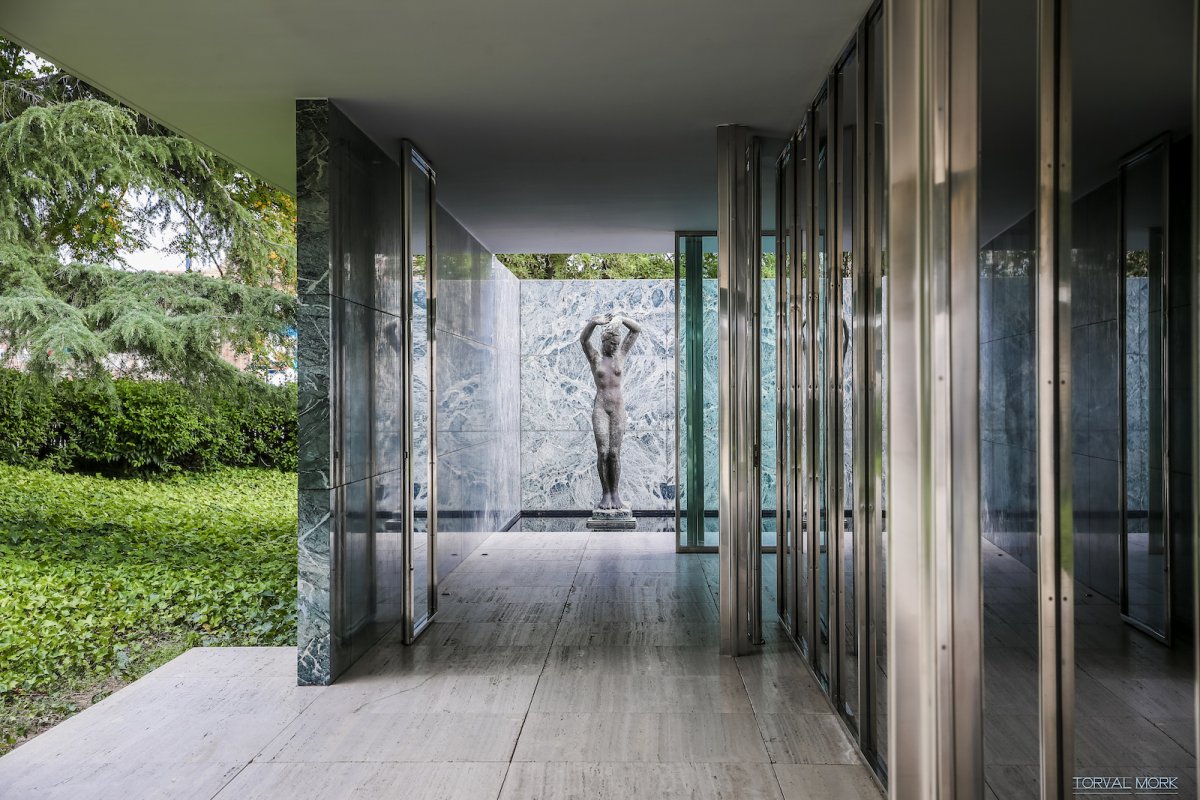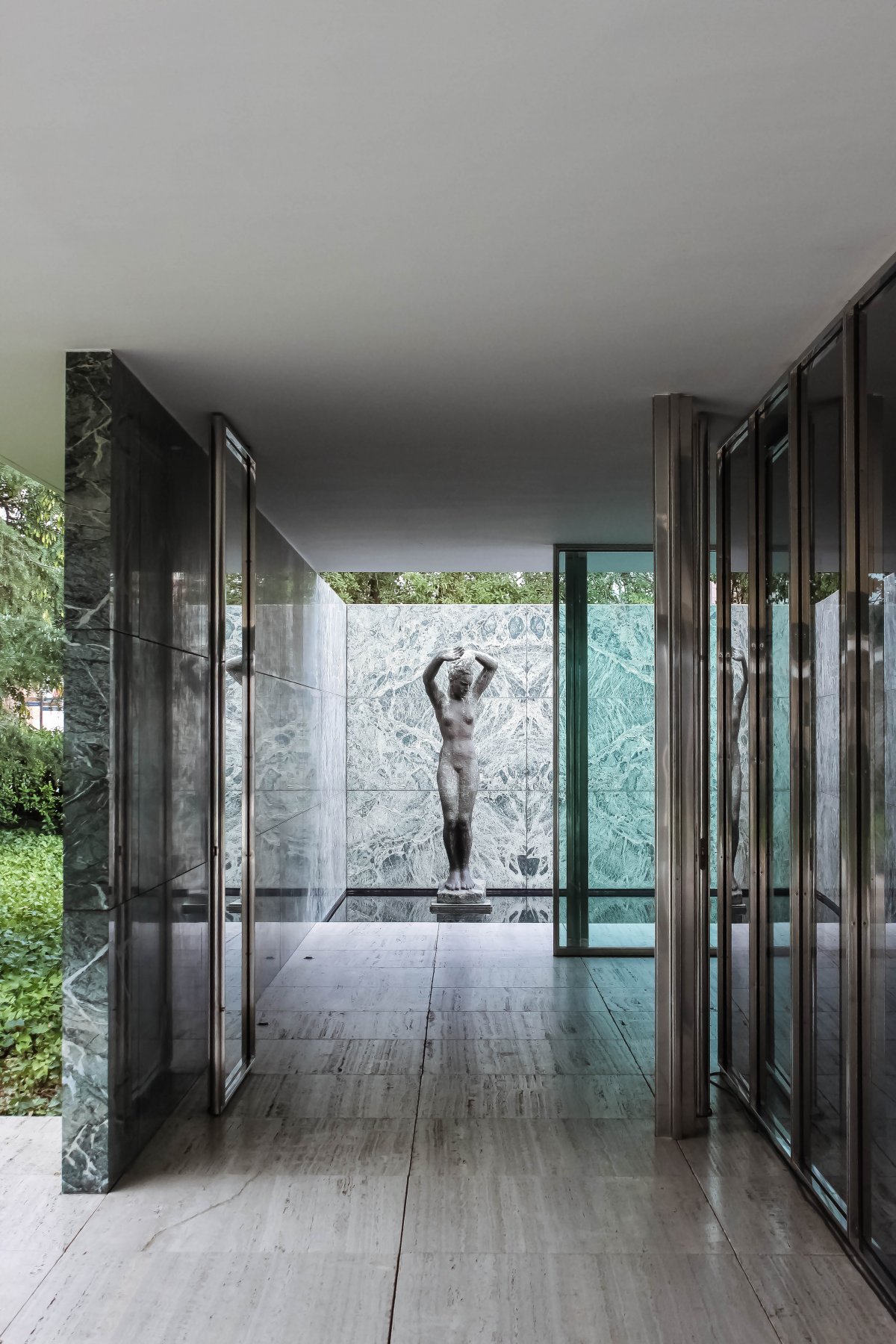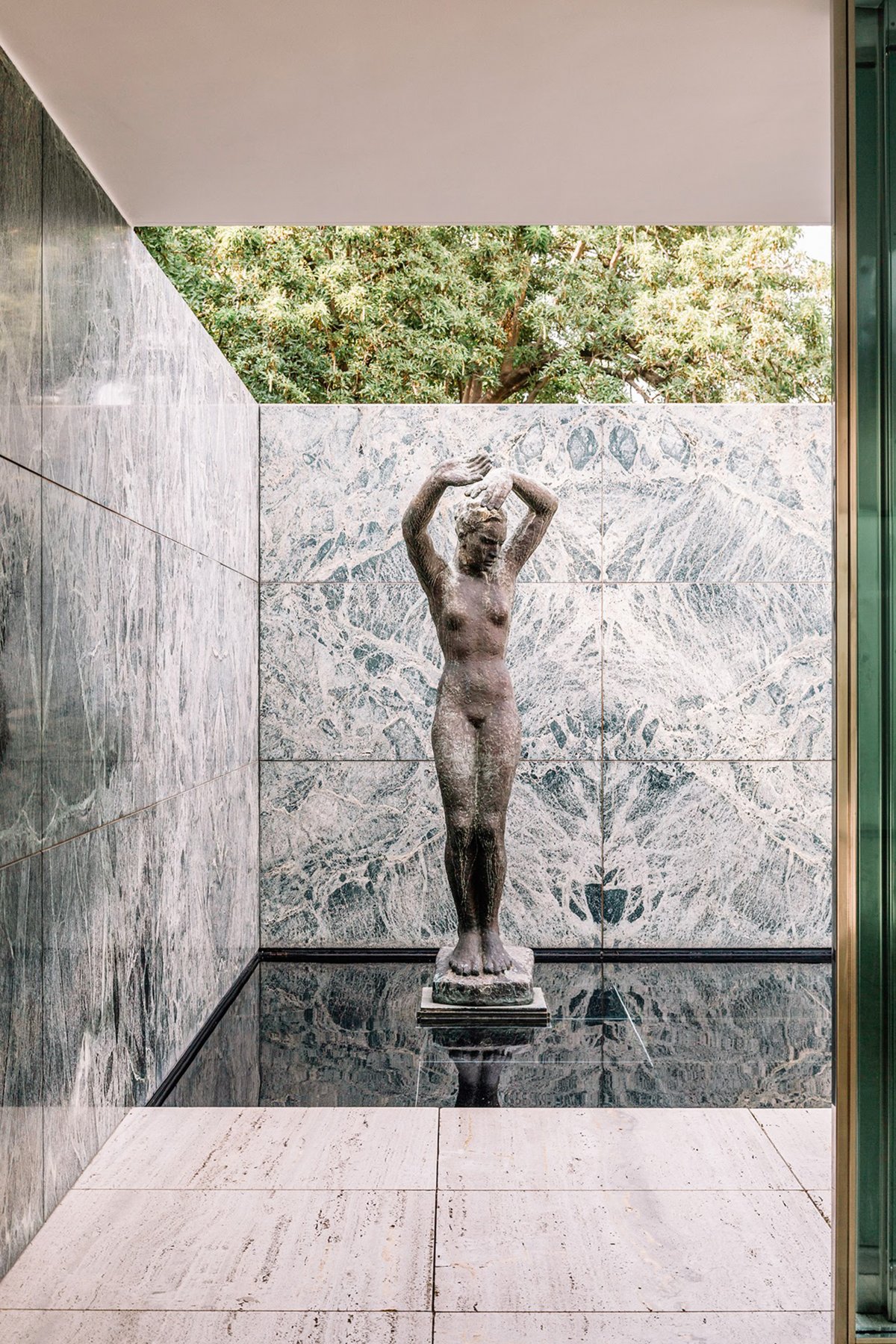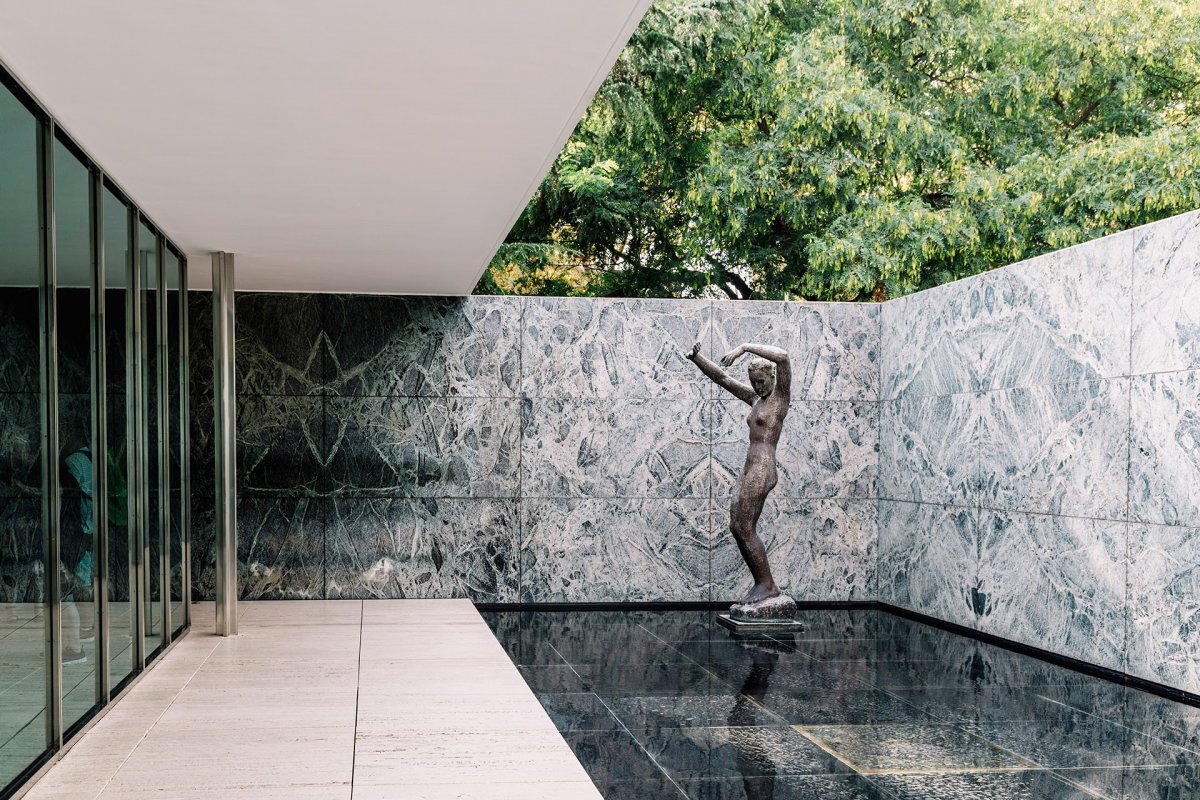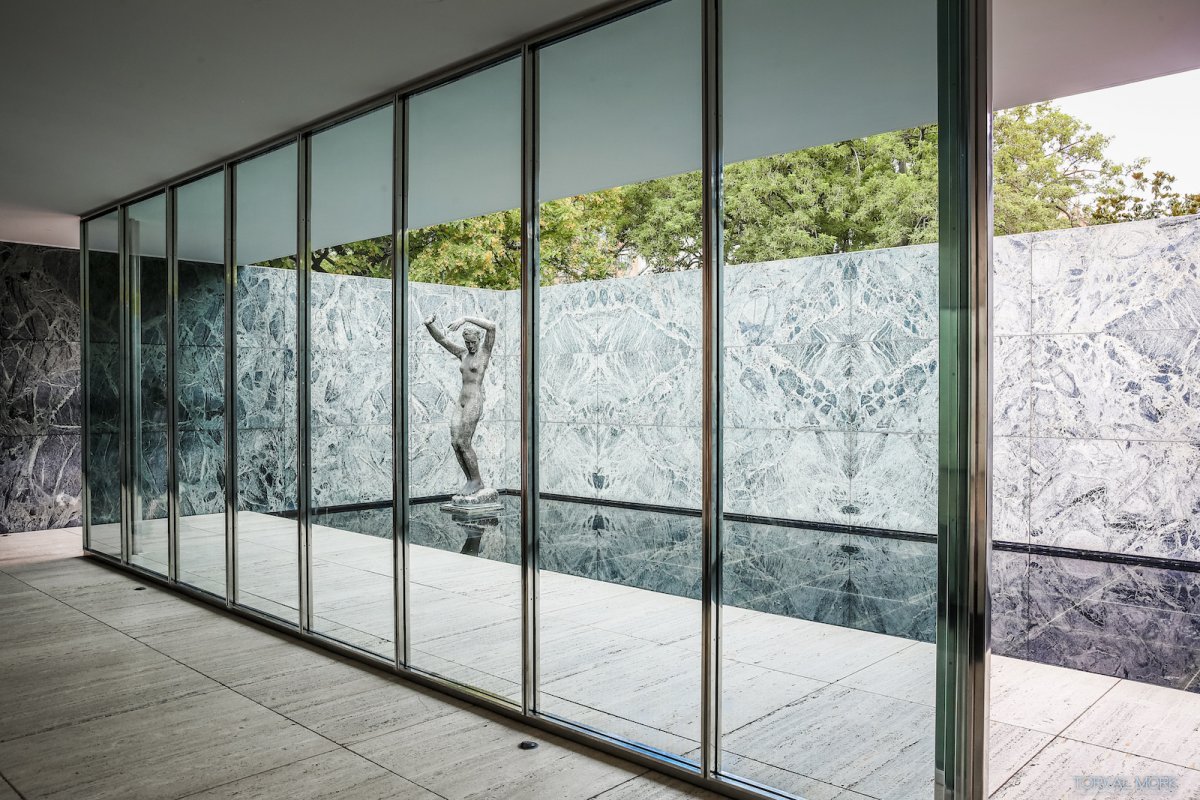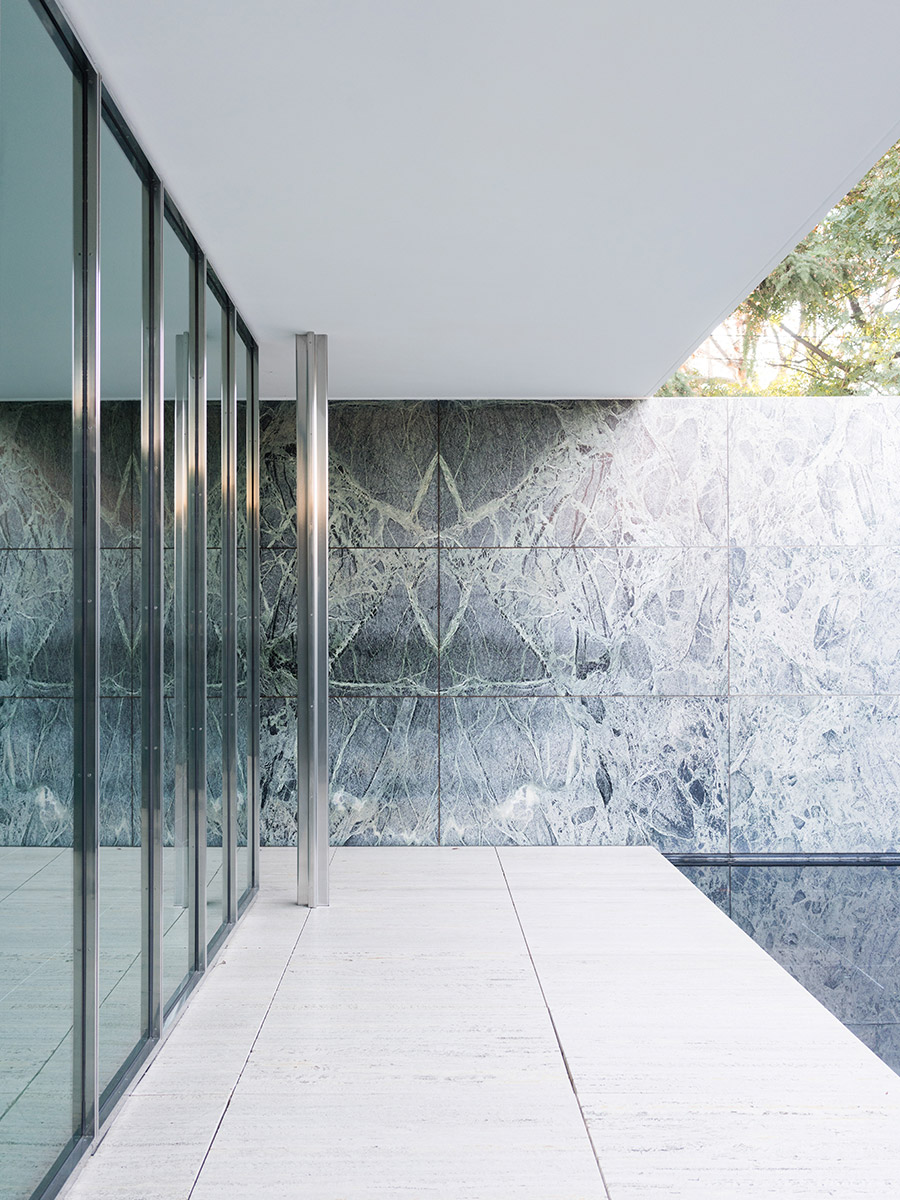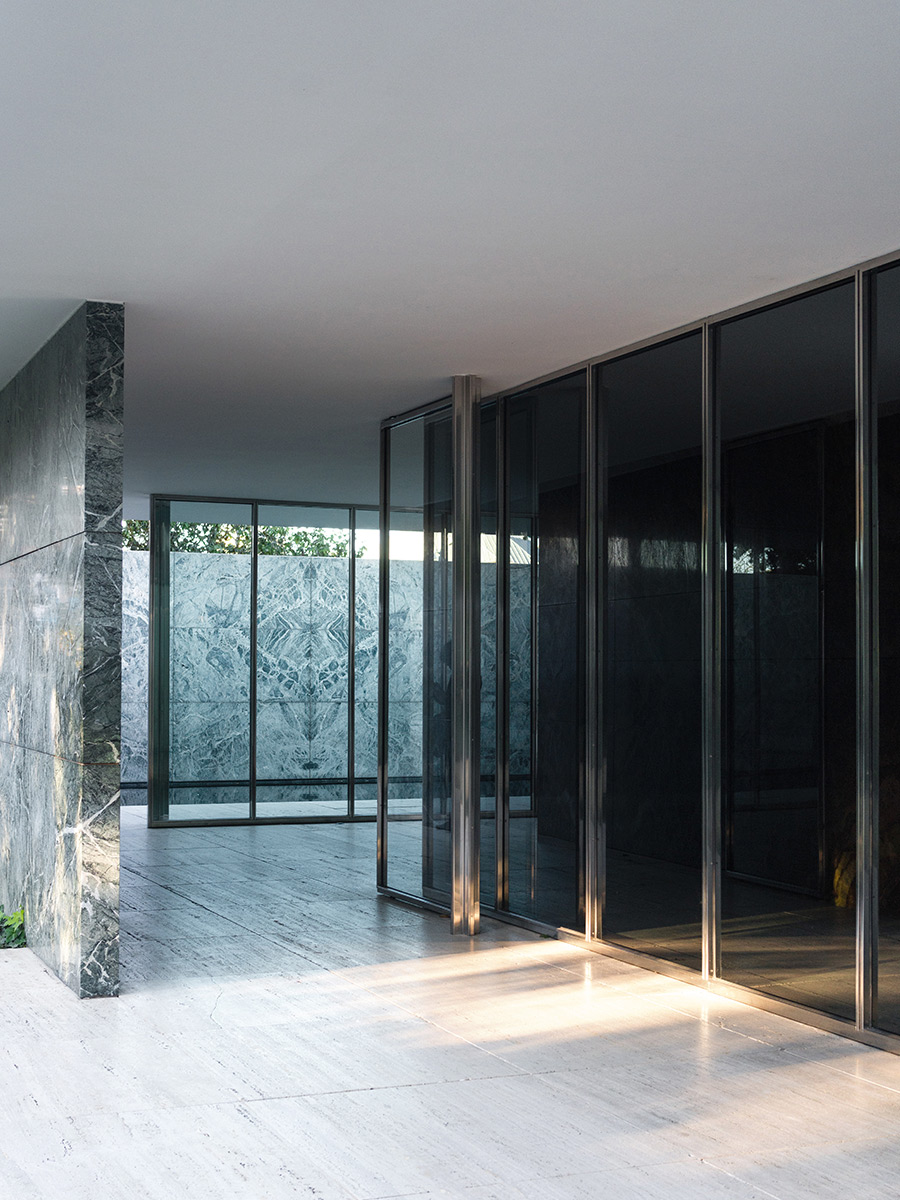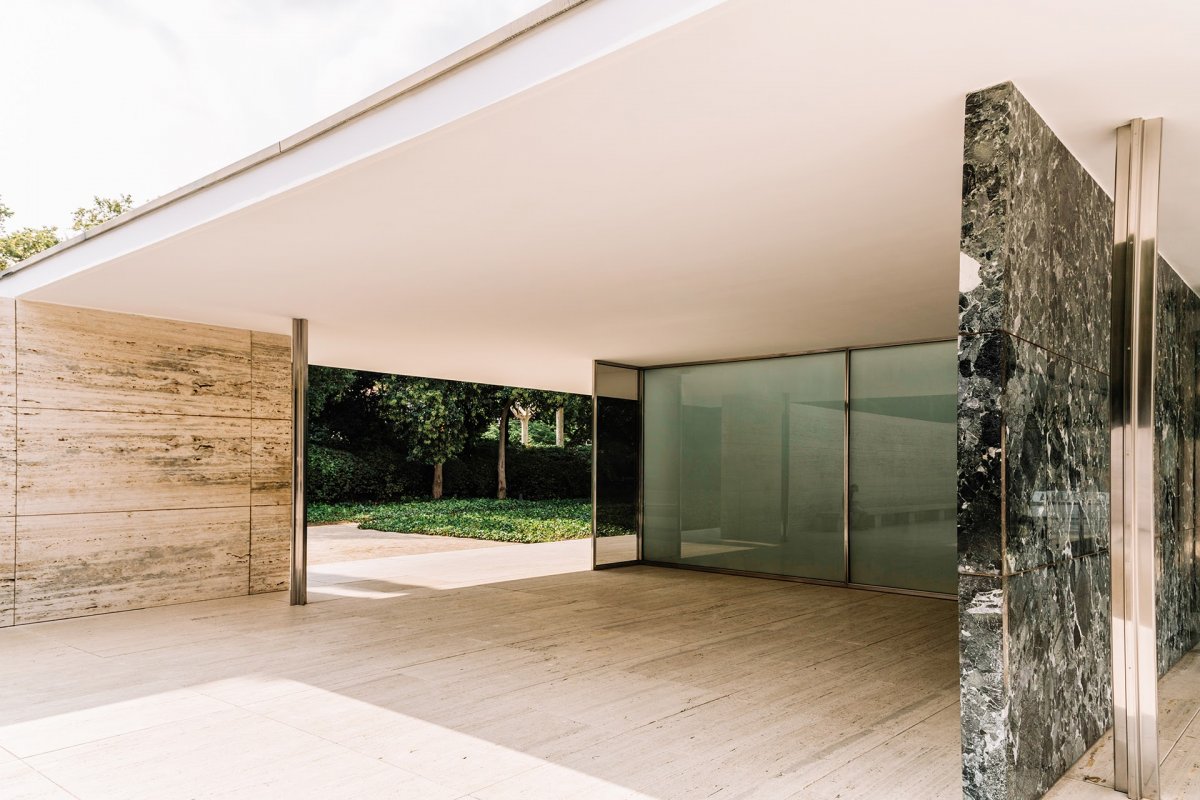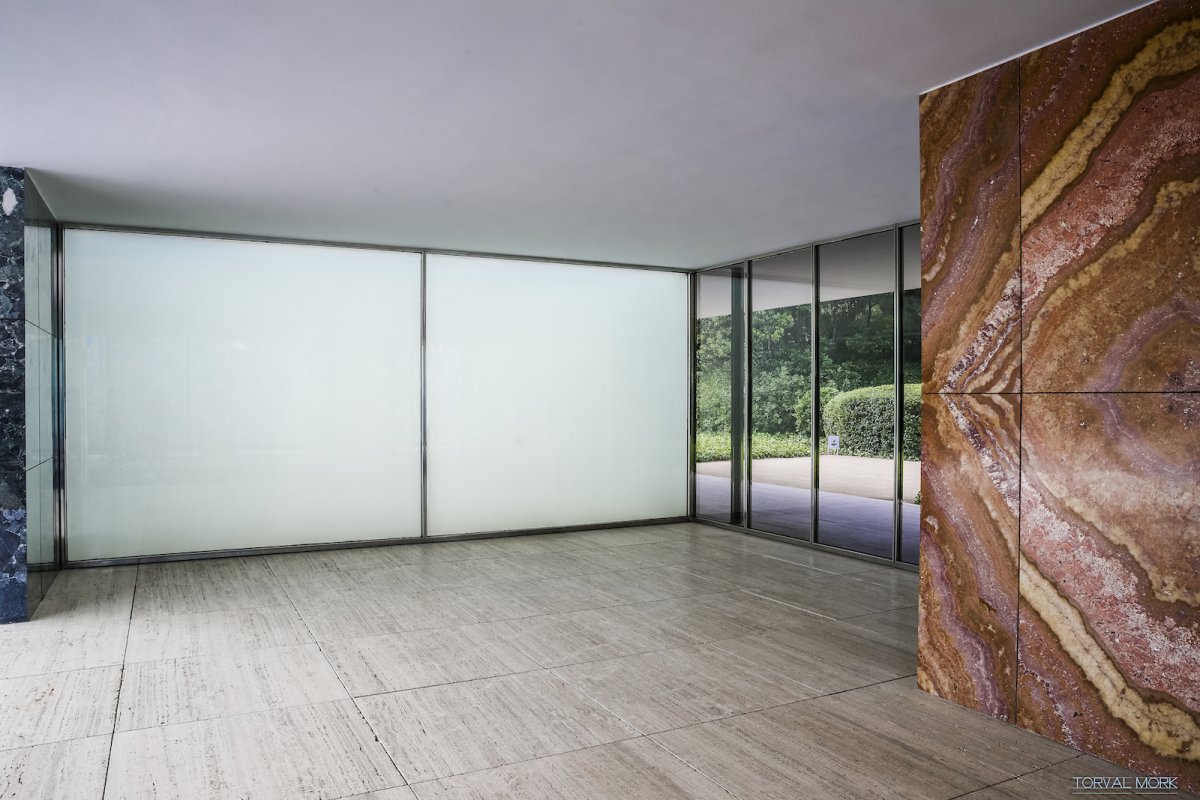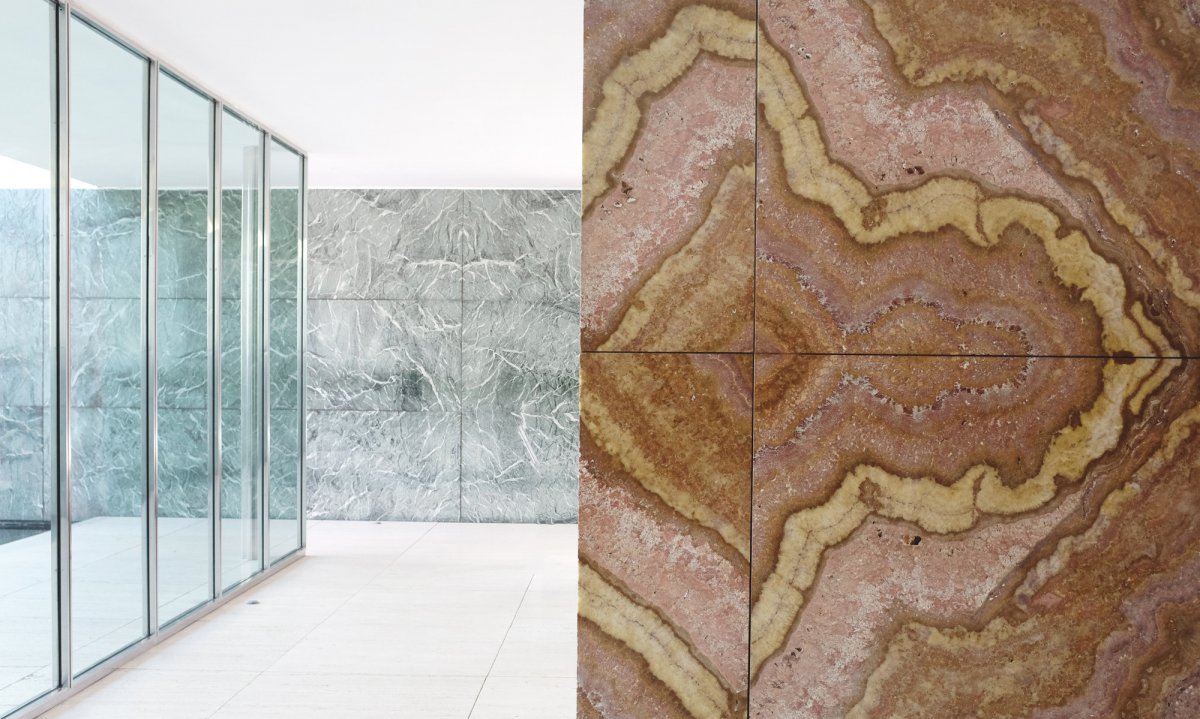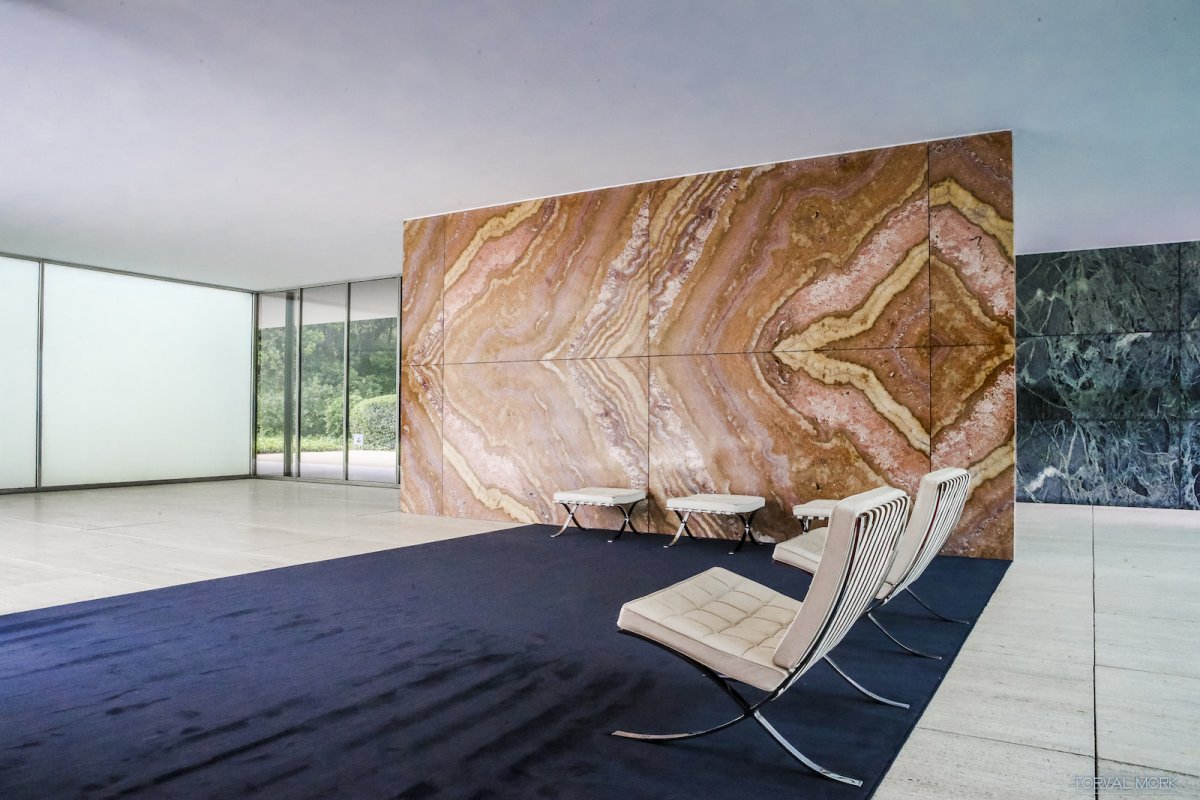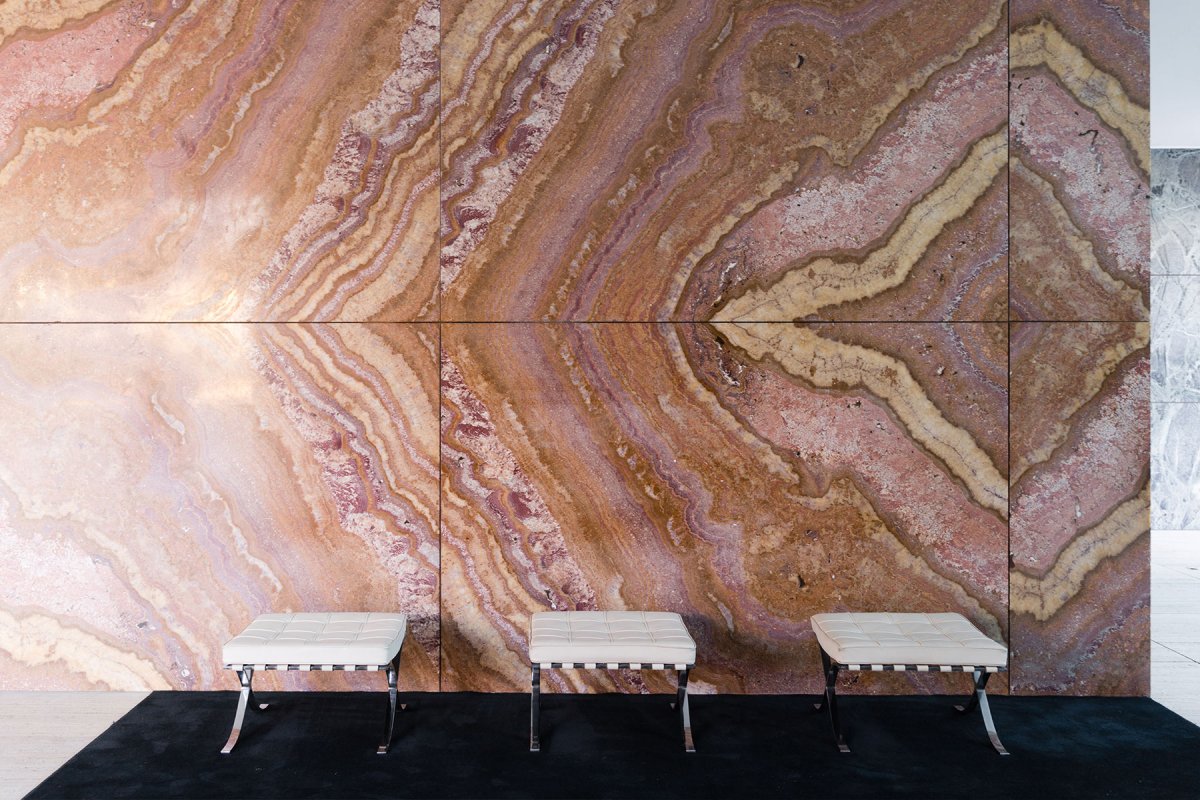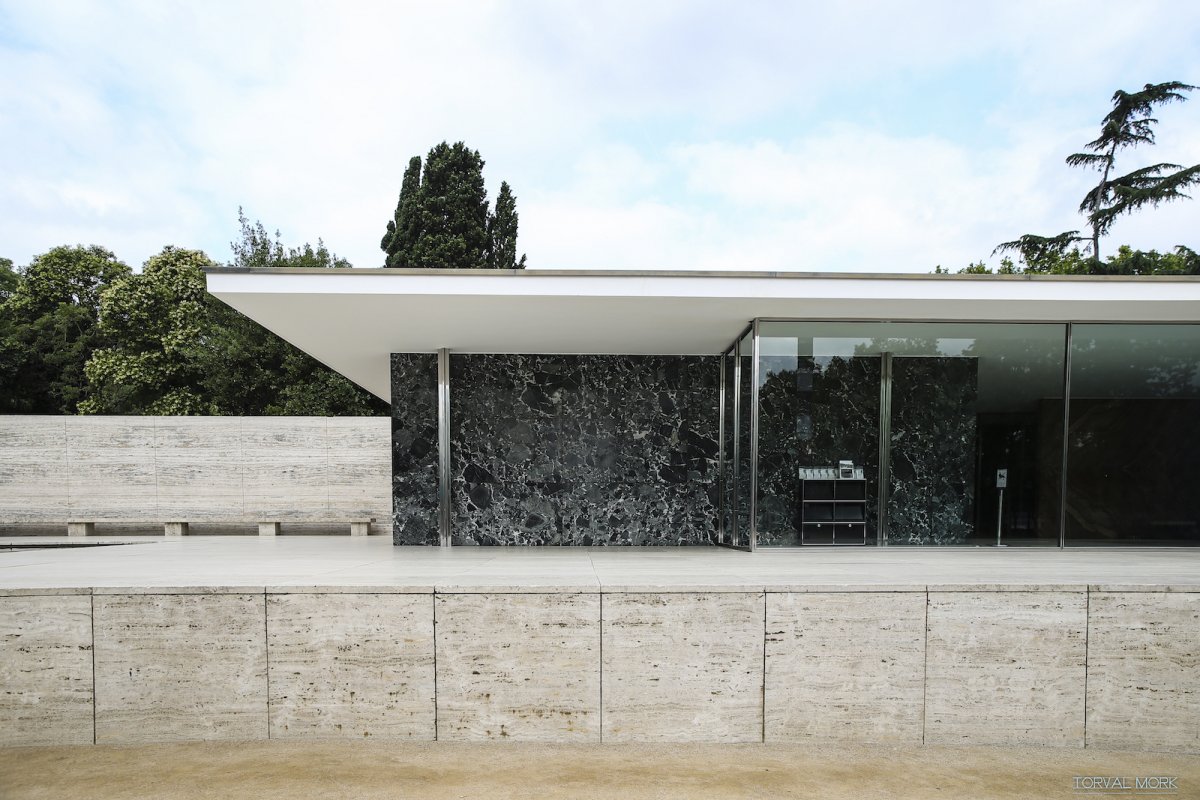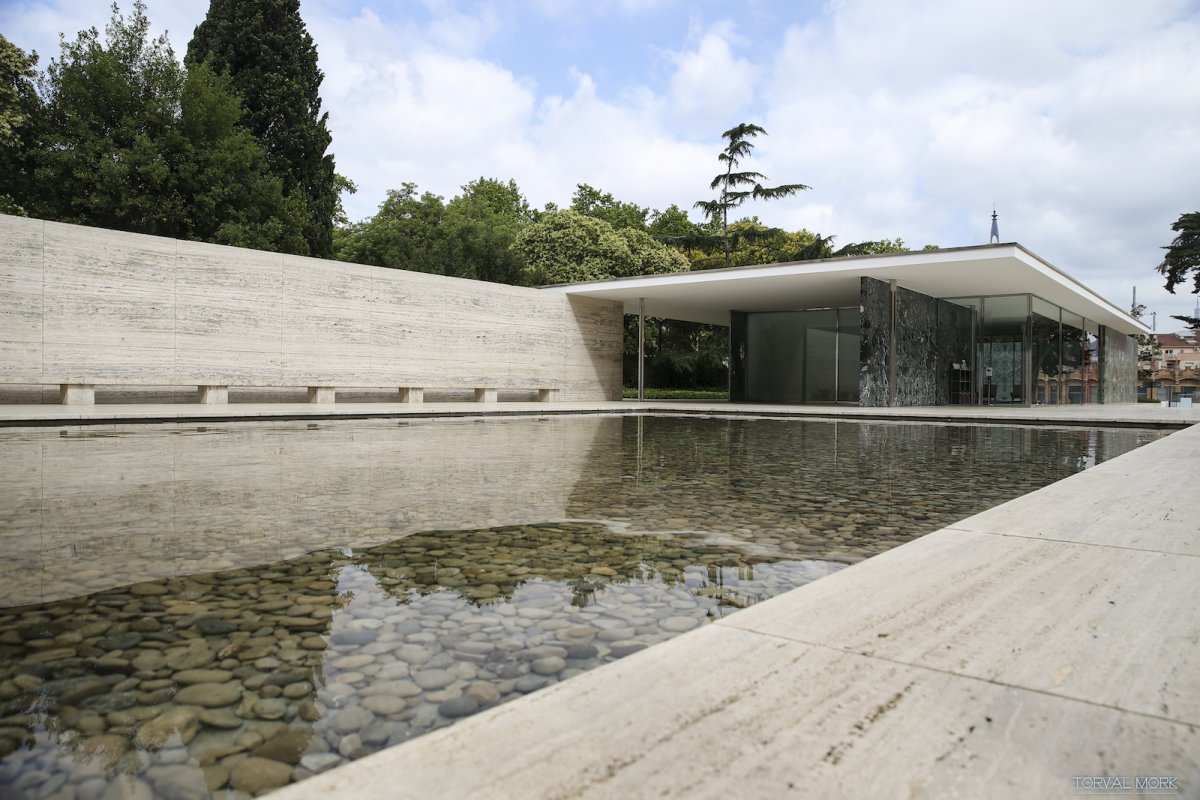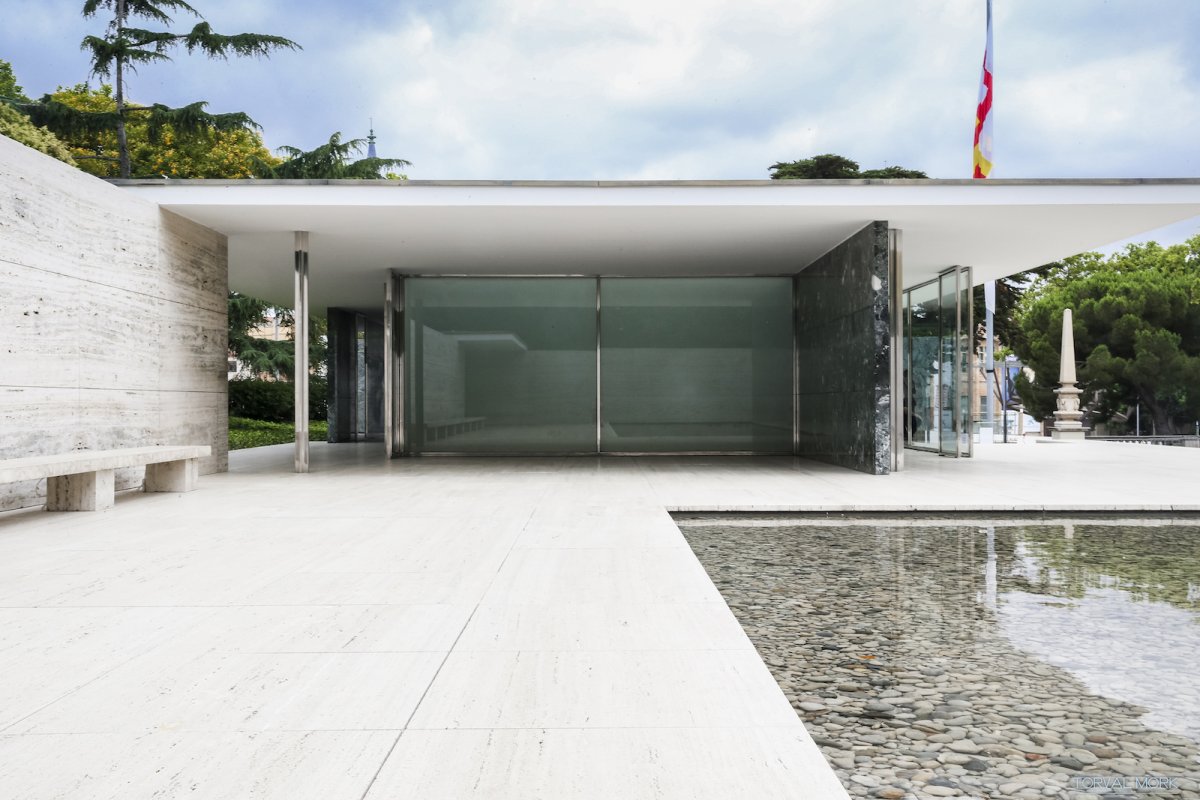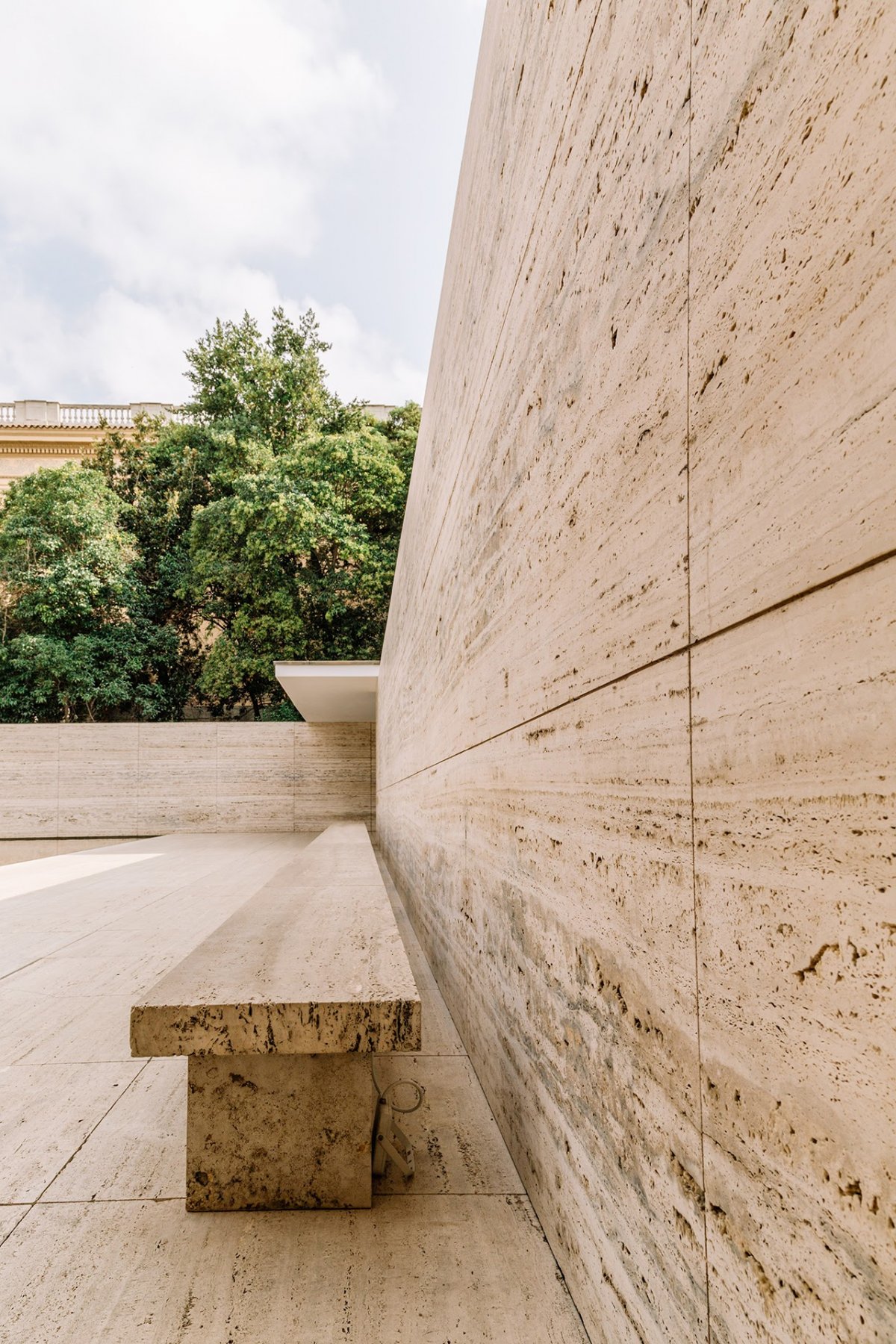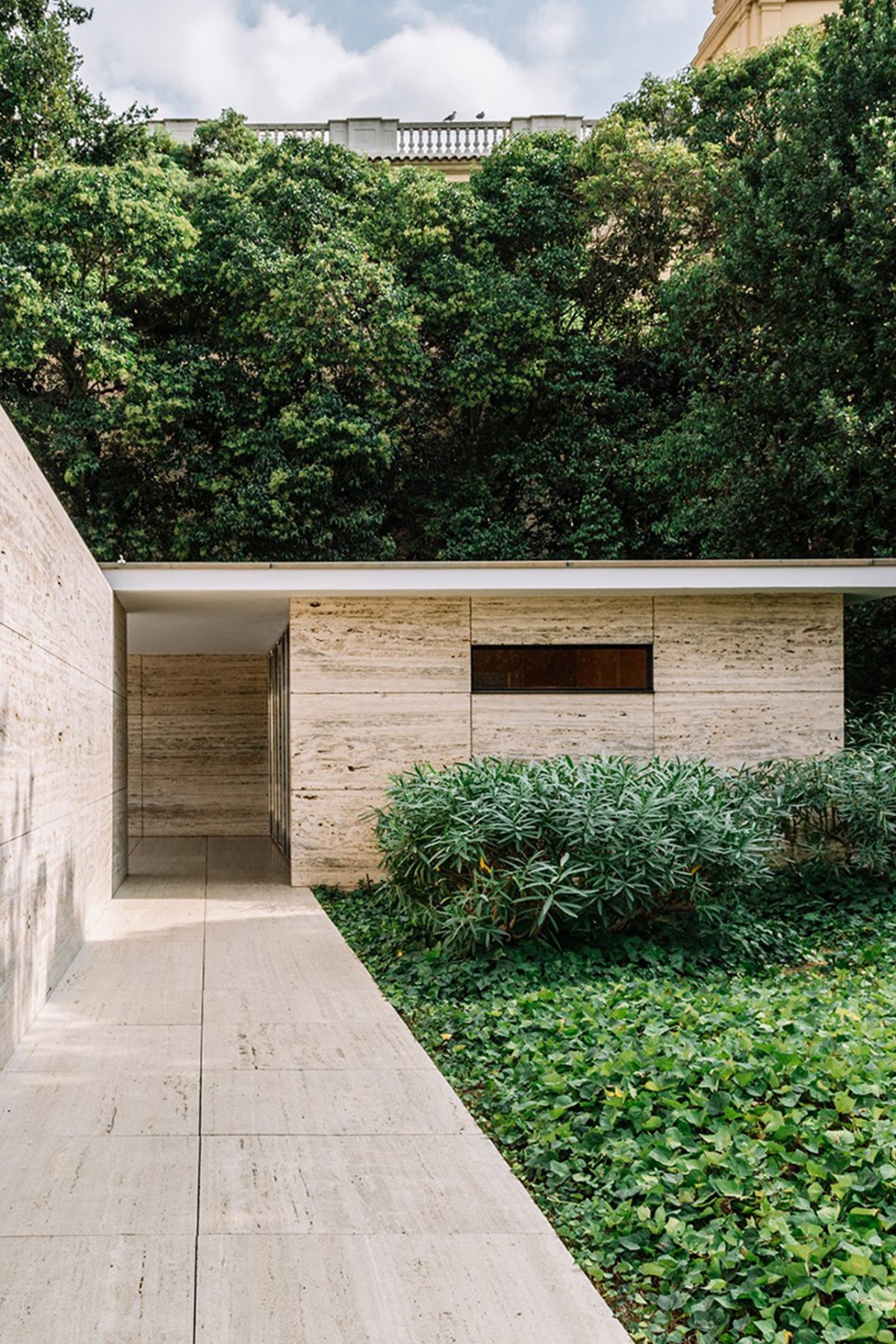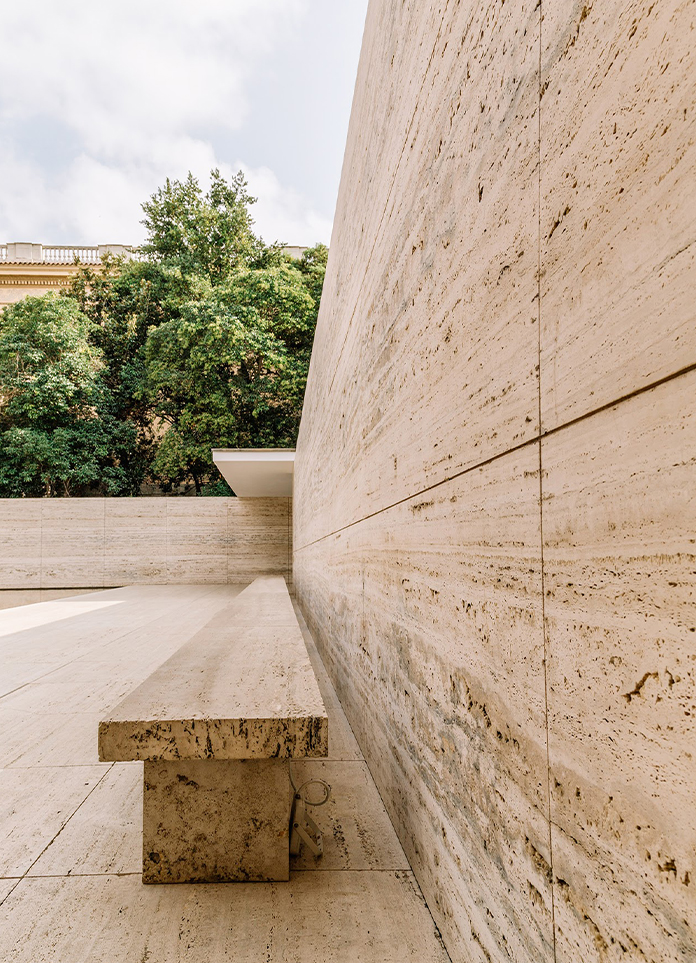
The German pavilion at the 1929 World's Fair in Barcelona, commonly referred to simply as the German Pavilion in Barcelona, Spain, is part of the German pavilion at the 1929 World's Fair designed by Mies van der Rohe. It is also the site of the opening of the German section of the World's Fair.
The German pavilion is a milestone in the history of modernist architecture because of its pure space, concise architectural language and rich materials. Looking at this building today, you may be familiar with its lines, form and design. But when it was first built in 1929, there was an attempt to look at it from an outsider's point of view -- it was a completely unique building, a movement that began a modern architecture.
As time went on, the architectural community began to realize the impact of the pavilion. Therefore, in 1980 the Barcelona City Council decided to rebuild it. The German pavilion was built with the help of extensive research by several famous Spanish architects, and the reconstruction work began in 1983 and was completed in 1986. They took great care to ensure that the materials came from the same location as the original building, with different marble from Rome, Greece and the Atlas Mountains, thus showing the far-reaching influence and status of the building on the architectural world.
The design of the pavilion makes it impossible for visitors to walk straight through the pavilion; the process of entering and exiting requires a circuitous walk through the entire building. While dividing the space, the partitions are either interconnected or parallel to each other, forming spaces of varying widths to guide the flow of visitors.
Another unique feature of the German Pavilion is that it is made of very special materials. The stone for the partitions is made of a Tinos marble-like finish material and golden onyx, while the glass is available in gray, green, white and translucent materials.
The German pavilion is not only an expression of a new understanding of space, but also a platform for the intersection of free art and architectural design; Mies placed Georg Kolbe's sculpture "Dawn" in a smaller pool, making it appear more empty. The sculpture's reflection of the surrounding materials and water allows visitors to have a more visual experience at the same time.
- Architect: Ludwig Mies van der Rohe(1886-1969)
- Words: Qianqian

